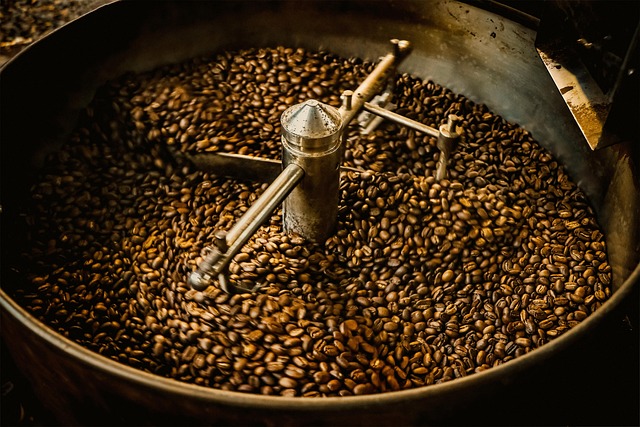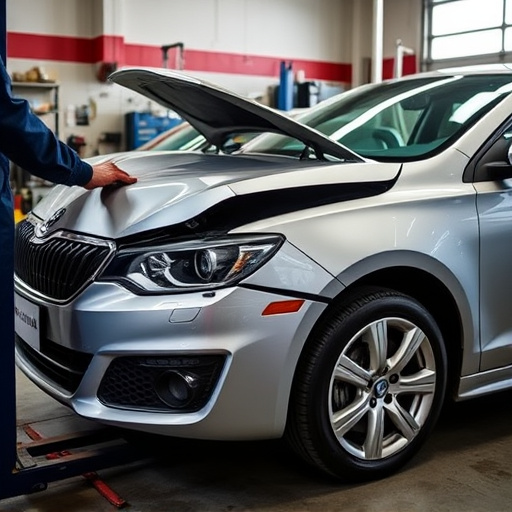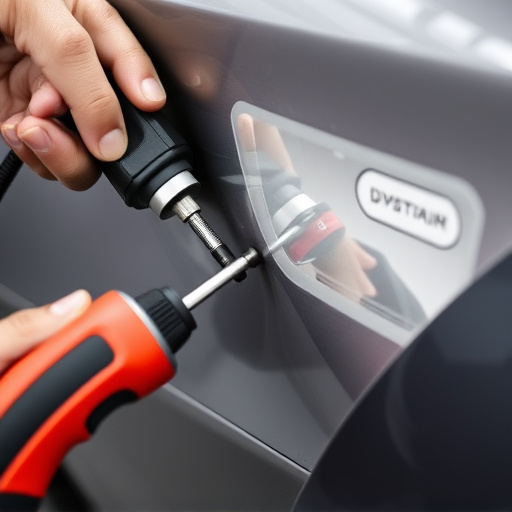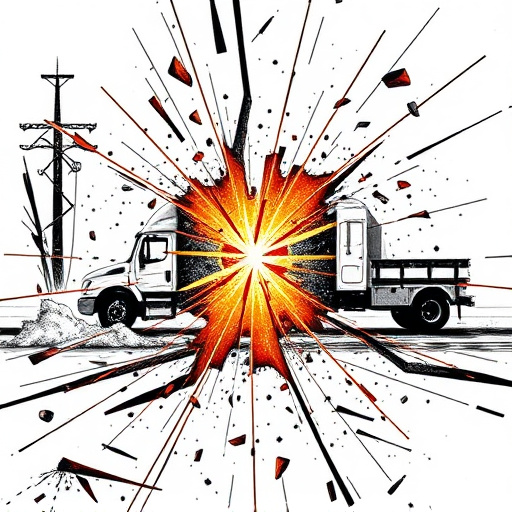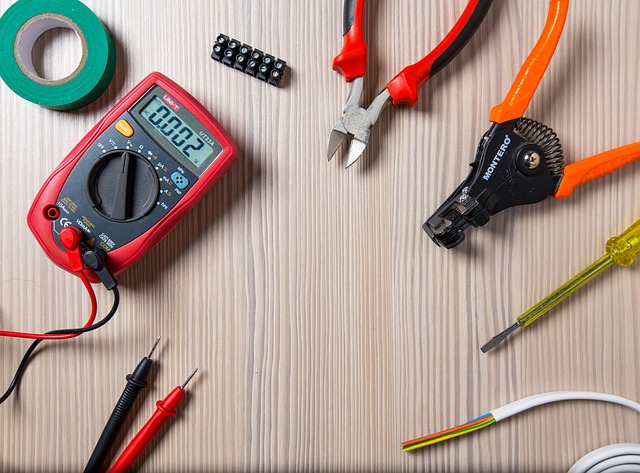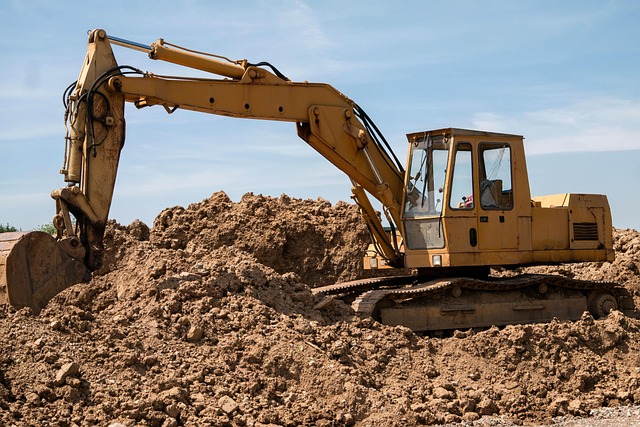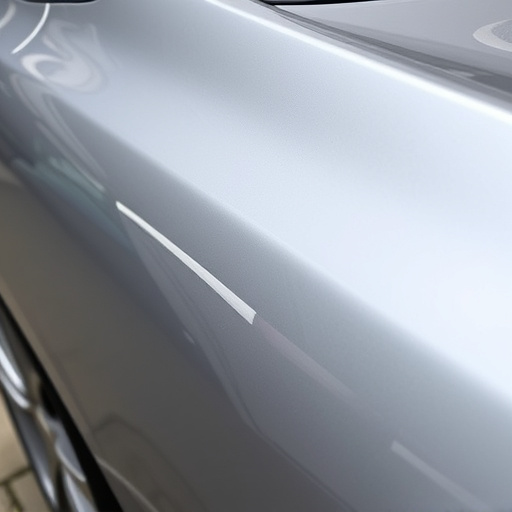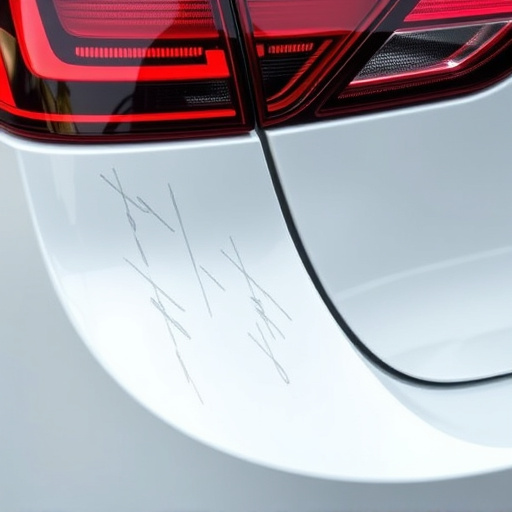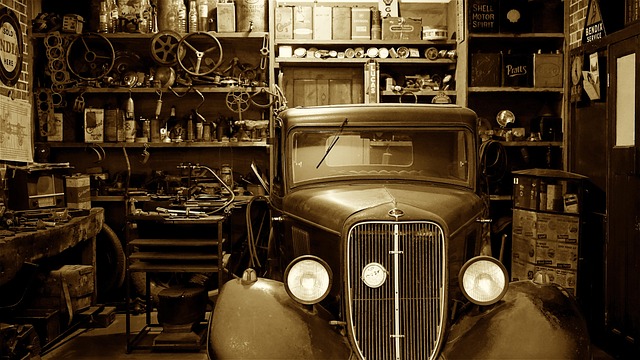Auto body restoration is a meticulous art that preserves historical vehicle integrity by returning them to their original state, requiring skilled restorers to inspect and replicate or replace damaged parts using original specifications. Customization offers a unique and personalized approach, allowing owners to express individual style through various finishes, colors, and designs, while incorporating modern technology and advanced materials. The choice between original and custom restoration depends on preference for precision and authenticity versus flexibility and creativity, with original restoration focusing on replicating manufacturer specs and preserving vehicle character, and custom restoration offering more freedom to transform with modern elements while maintaining structural integrity.
In the realm of automotive craftsmanship, auto body restoration stands as a blend of art and science. This article delves into the distinct worlds of original and custom auto body restoration, exploring their unique approaches and ideal applications. From preserving historical integrity to unleashing creative vision, understanding these differences is key to achieving optimal results. Discover how each method contributes to the vibrant landscape of auto body restoration, empowering enthusiasts to make informed choices.
- Understanding Original Auto Body Restoration: The Art of Preserving History
- Customization in Auto Body Restoration: Unlocking Creative Possibilities
- Key Differences: When to Choose Each Approach for Optimal Results
Understanding Original Auto Body Restoration: The Art of Preserving History
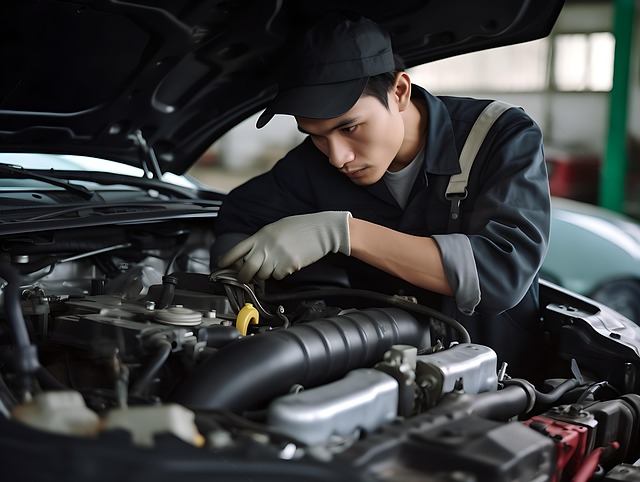
Original auto body restoration is an art that meticulously preserves the historical integrity of a vehicle, aiming to return it to its as-built condition. This process involves a deep understanding of the car’s design, materials used, and manufacturing techniques of its era. Skilled restorers carefully inspect every panel, frame, and component, often using original specifications and factory records to guide their work. They meticulously replicate or replace damaged parts, ensuring every detail aligns with the vehicle’s original state. This art form not only restores the car’s aesthetic appeal but also maintains its historical value for collectors and enthusiasts.
By preserving history through auto body restoration, restorers contribute to a living archive of automotive heritage. It involves careful research, skilled craftsmanship, and a passion for maintaining the past. Whether it’s fixing a classic car’s fender, repairing a bumper, or conducting vehicle paint repair, each step is executed with precision to honor the original design while addressing any damage or wear accumulated over time, including car damage repair.
Customization in Auto Body Restoration: Unlocking Creative Possibilities
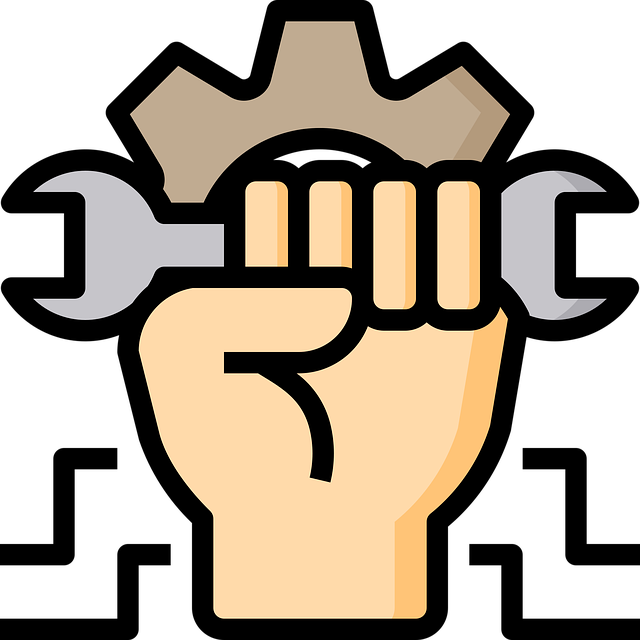
Customization in auto body restoration allows for a unique and personalized approach to vehicle repair services. Unlike original restoration, which aims to return the car to its factory condition, custom restoration embraces creativity and individuality. It’s not just about fixing damage; it’s about transforming the vehicle into an expression of its owner’s style and preferences. This can range from subtle enhancements to dramatic makeovers, incorporating modern technology or retro aesthetics.
By opting for custom auto body work, car owners unlock a world of possibilities. They can choose from a variety of finishes, colors, and designs, ensuring their vehicle stands out from the crowd. It’s an opportunity to tell a story through their ride, whether it’s paying homage to a classic era or showcasing their distinct taste in automotive art. Custom restoration also allows for improved functionality and performance, incorporating advanced materials and techniques that weren’t available when the car was initially manufactured.
Key Differences: When to Choose Each Approach for Optimal Results

When considering auto body restoration, understanding the key differences between original and custom approaches is essential for achieving optimal results. One of the primary distinctions lies in the level of precision and authenticity. Original auto body restoration aims to return the vehicle to its manufacturer’s specifications, ensuring every detail matches the original design. This approach is ideal for classic or vintage cars where preserving historical accuracy is paramount. It involves skilled technicians who meticulously match paint colors, replace parts with genuine or period-correct components, and maintain the car’s unique character.
On the other hand, custom auto body restoration offers more flexibility and creativity. Collision repair shops specializing in this field can transform your vehicle into a one-of-a-kind masterpiece by incorporating modern technology and design elements. If you desire a unique look or require repairs beyond standard replacement parts, custom restoration is an excellent choice. From bumper repair to comprehensive auto body services, these shops cater to diverse needs, allowing owners to personalize their vehicles while still maintaining structural integrity and safety standards.
Auto body restoration is a delicate art, offering two distinct paths: preserving historical originality or embracing creative customization. Understanding these differences is key to making informed decisions. Whether valuing the integrity of vintage vehicles or seeking unique expressions of personal style, both approaches have their merits. By considering the nuances and goals, enthusiasts and professionals can choose the optimal method for each project, ensuring satisfying results that pay homage to automotive heritage or unveil innovative possibilities.
